Learning Art History with context
This is a project by Osvaldo Uribe Escobar, while trying to learn art.
For context; the idea is to visually contextualize history and art in different locations, specially in Europe and South America. And if I'm capable to make this scalable by myself, then i'll be adding more context.
Pre-Historic; 3000 BC
Art was a way of communication between tribes to learn how to survive.
Venus of Willendorf
c. 24,000–22,000 BCDiscovered in Willendorf, Austria
Ancient; 3,000 BC to 400
Society started to take shape in a few places of the world; Mesopotamia, Persia, Egypt, Greece, Rome, China.
The Nefertiti Bust
The Terracota Army
Venus de Milo
August of Prima Porta
The Code of Hummarabi
c. 1795–1750 BCSippar. Mesopotamia (Currently Iraq)
Medieval; 500 to 1400
This is at the end of the Roman Empire and the Beginning od Renascence; 1400 to 1600 in Europe.
Mediaval art was mainly based on religious thoughts, as a way to attract more people to the church.
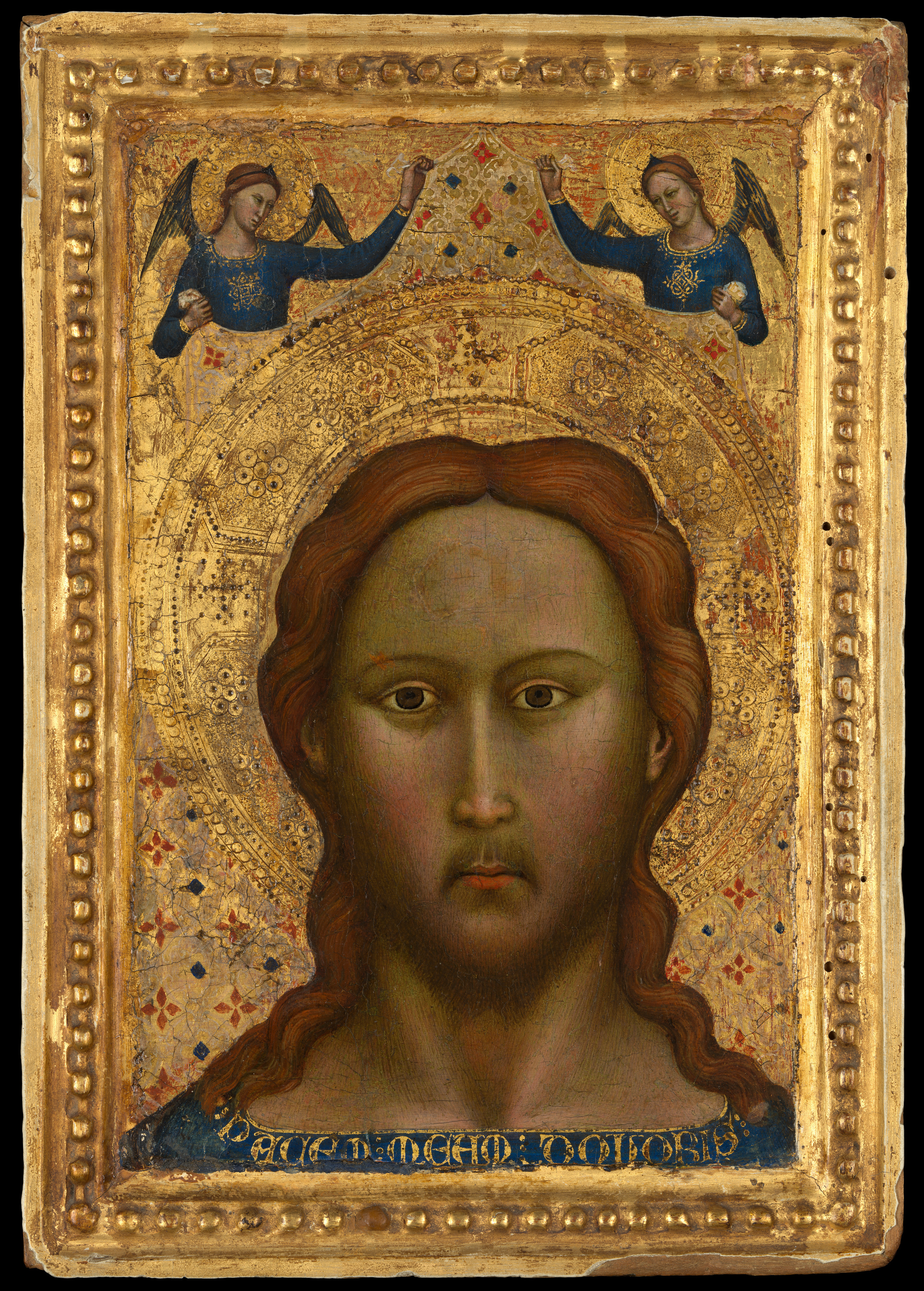
South American Pre-Colony; until 1400
In general, the pre-colonial period in South America includes the civilizations and cultures that thrived before the arrival of Christopher Columbus in 1492. This encompasses the advanced civilizations of the Inca in the Andean region, the Aztecs in Mesoamerica, and the various indigenous cultures of the Amazon rainforest, among others.
Inca Empire
In the Andean region of South America, the Inca Empire flourished during the 1400s, expanding its territories and establishing a sophisticated administrative system. The Inca civilization reached its height under rulers like Pachacuti and became known for its architectural marvels, such as Machu Picchu.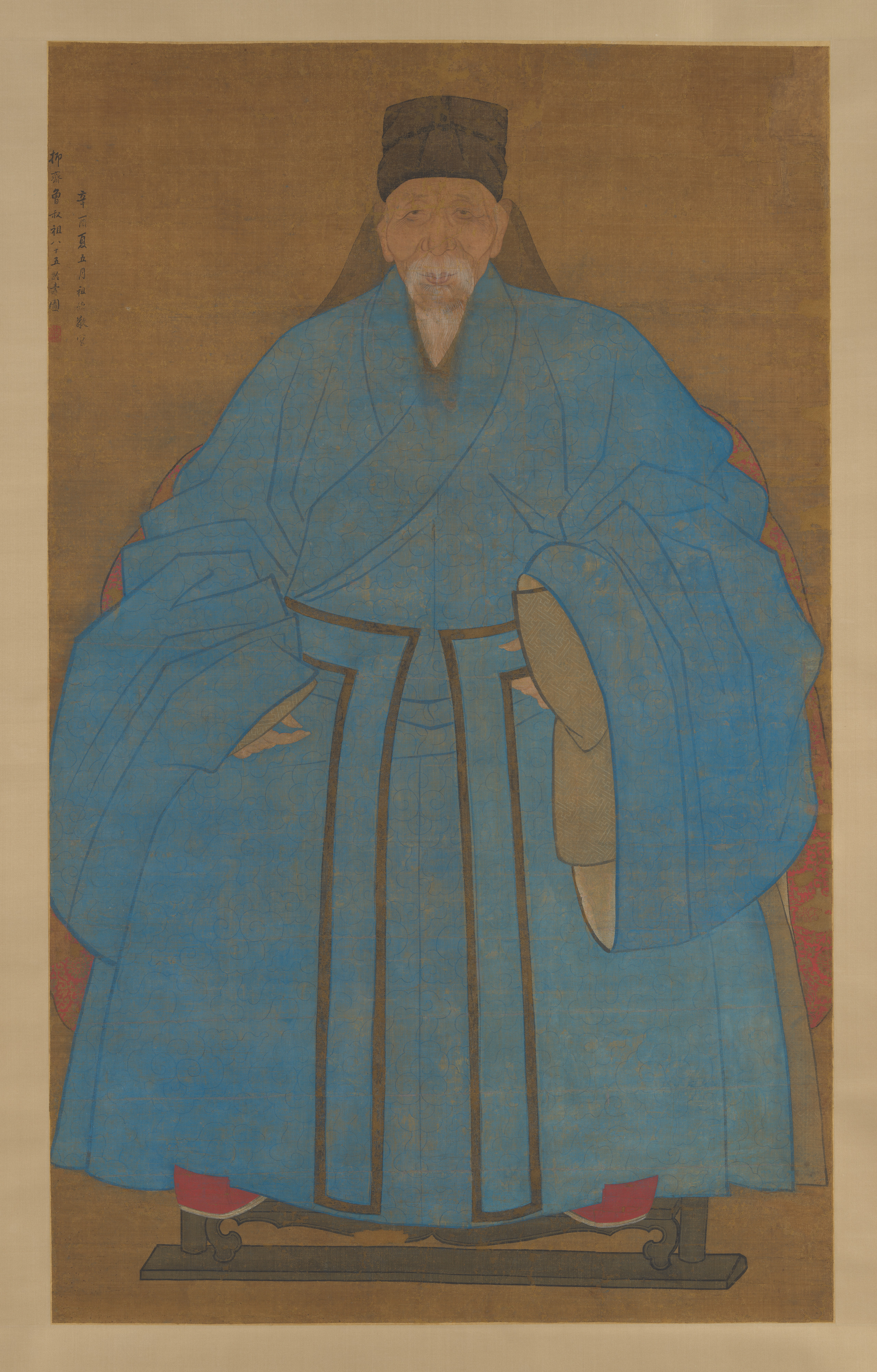
China; Ming Dynasty
The Ming Dynasty in China (1368-1644) saw remarkable achievements in arts, culture, and trade. The Ming emperors sponsored impressive architectural projects, such as the construction of the Forbidden City, and China's maritime expeditions led by Admiral Zheng He expanded Chinese influence.
Renaissance; 1400 to 1600
Artist started to appreciate cultural movements
The Last Supper
Leonardo Da'Vinci c.Printing Press; 1436 to 1450
The Creation of Adam
Miguelangelo c.Primavera
Sandro Boticelli c.Barroque; 1600 to 1730
Art was about; extravagance and emotion, theatrical.
Las Meninas
Diego Velasquez c.Rococo; 1700 to 1770
Art was about; Light pastels colors, and whimsical narratives.
The Swing
Jean c.Madame Pompadour
Neoclassicism; 1770 to 1840
Art was about; renew interest in simplicity, but also a new looking at back at figures.
Romanticism; 1800 to 1850
Art was about; Individuality, but in imagination in the spiritual side of humanity, personal freedom and expresion.
French Revolution; 1848
Realism; 1850 to 1880
Art was about; art rejected all that happened before, and they focus in everyday life, it showcase for the first time real people and from all social class, and painting almost look like photographs.
Impressionism; 1860 to 1880
Art was about; plein air; painting outdoors; it requiered that they create their own salon to expose art. Capture the present of modern life.
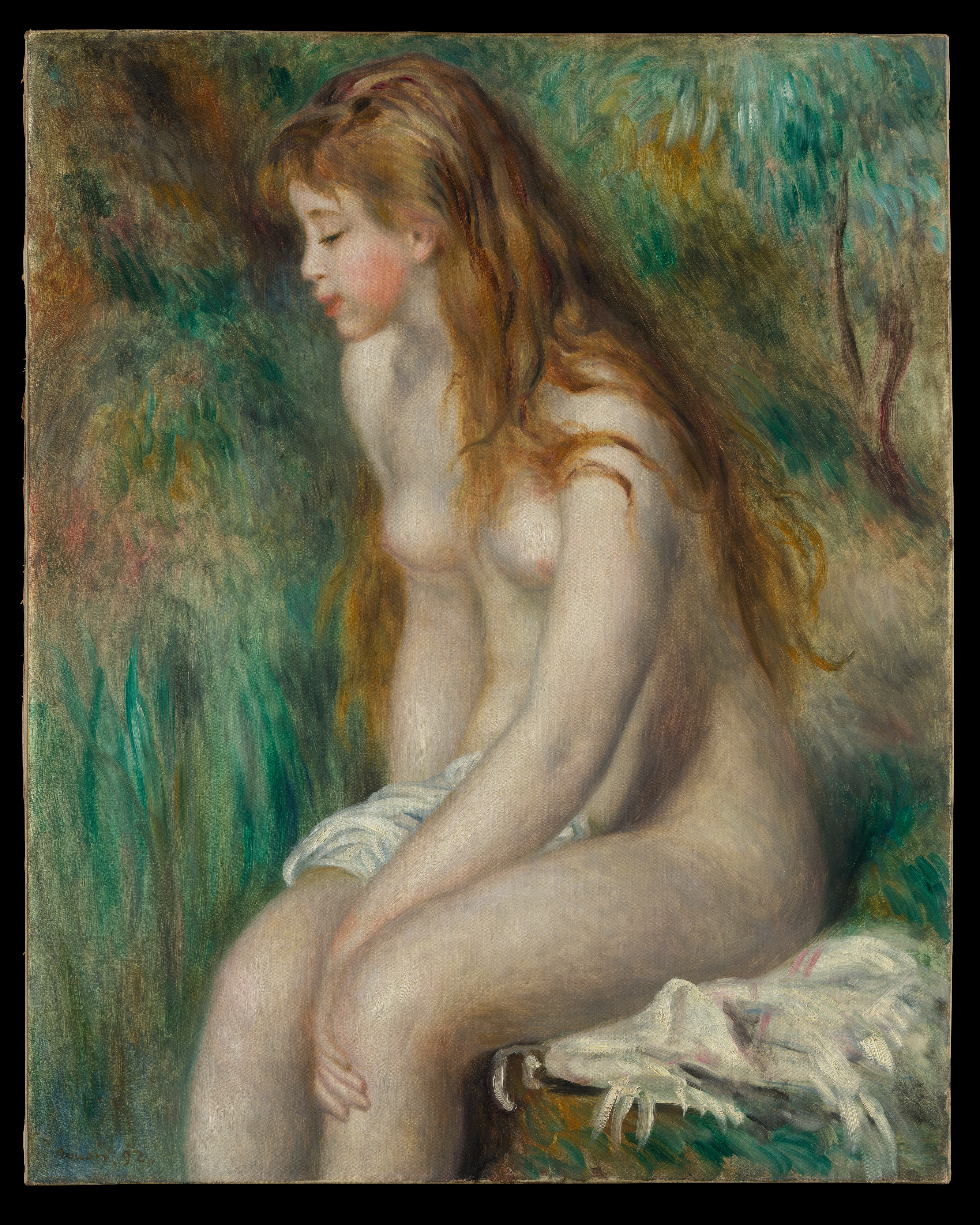
Paul Cezanne
Instagram Review of Paul Cezanne which for me is being a huge reference on the way he created.
Claude Monet
August Renoir
Edgar Degas
South American Context
- War of the Triple Alliance (1864-1870): A devastating conflict that involved Paraguay against a coalition formed by Brazil, Argentina, and Uruguay. The war resulted in the loss of a significant portion of Paraguay's population and territory.
- Pacific War (1879-1884): A war between Chile and an alliance of Bolivia and Peru over disputed territories rich in natural resources, mainly guano and saltpeter. Chile emerged as the victor, gaining control over valuable territories.
- Chilean Civil War (1891): While slightly beyond the specified time frame, the Chilean Civil War of 1891 began brewing in the late 1880s. It pitted supporters of the president against the congress, ultimately resulting in the triumph of the congressional faction and a shift in Chile's political landscape.
Post-Impressionism; 1880 to 1905
Art was about; Bold colors, It mix science and imagination to convey more powerful scenes.
Paul Cezanne
Vincent VangGogh
Paul G
George Seurat
Expressionism; 1905 to 1920
Art was about; Expressing the world in a subjective point of view and they offer the world a new meaning of beauty. They question what is consider a human, the good and the bad of it.
Kandiski
Art Nouveau; 1890 to 1910
In Austria was call the Vienna Sussesion, In Spain it was called Modernisme, and in France; it was called Art Nouveau.
Cubism; 1907 to 1914
It was about; about showing different point of views from the same subjet in the same painting.
Pablo Picasso
Georges Braque
Futurism; 1909 to 1914
Italy; We will free Italy from her innumetable museums which cover her like countless cementeries. This art movement is based on the power of machines.
World War I; 1914 to 1918
Dadaism; 1916 to 1924
Was an ati-war movement; so they refused everything that high-society pushed for. They wanted to create something new, to replace old art.
Marcel Duchamp
Johannes Theodor Baargeld
Surrealism; 1920 to 1960
It was about about making your mind work, influenced by Sigmund Freud.
Frida Kahlo
Frida Kahlo was a Mexican artist who is widely celebrated for her unique and deeply personal artworks. She was born on July 6, 1907, in Coyoacán, Mexico City, and died on July 13, 1954. Kahlo's life and art were deeply intertwined, and her paintings often served as a reflection of her physical and emotional pain, as well as her identity and cultural heritage.

Diego Rivera
Diego Rivera was a prominent Mexican painter and muralist, born on December 8, 1886, in Guanajuato, Mexico, and died on November 24, 1957, in Mexico City. He is regarded as one of the most influential artists of the 20th century and a key figure in the Mexican muralist movement.
Influence of Mexican Culture: Rivera incorporated elements of pre-Columbian and indigenous Mexican art into his works, celebrating Mexico's rich cultural heritage and traditions.
Influence on the Art World: Rivera's art had a profound impact not only in Mexico but also internationally. His murals inspired artists around the world, and he played a significant role in promoting the muralist movement.
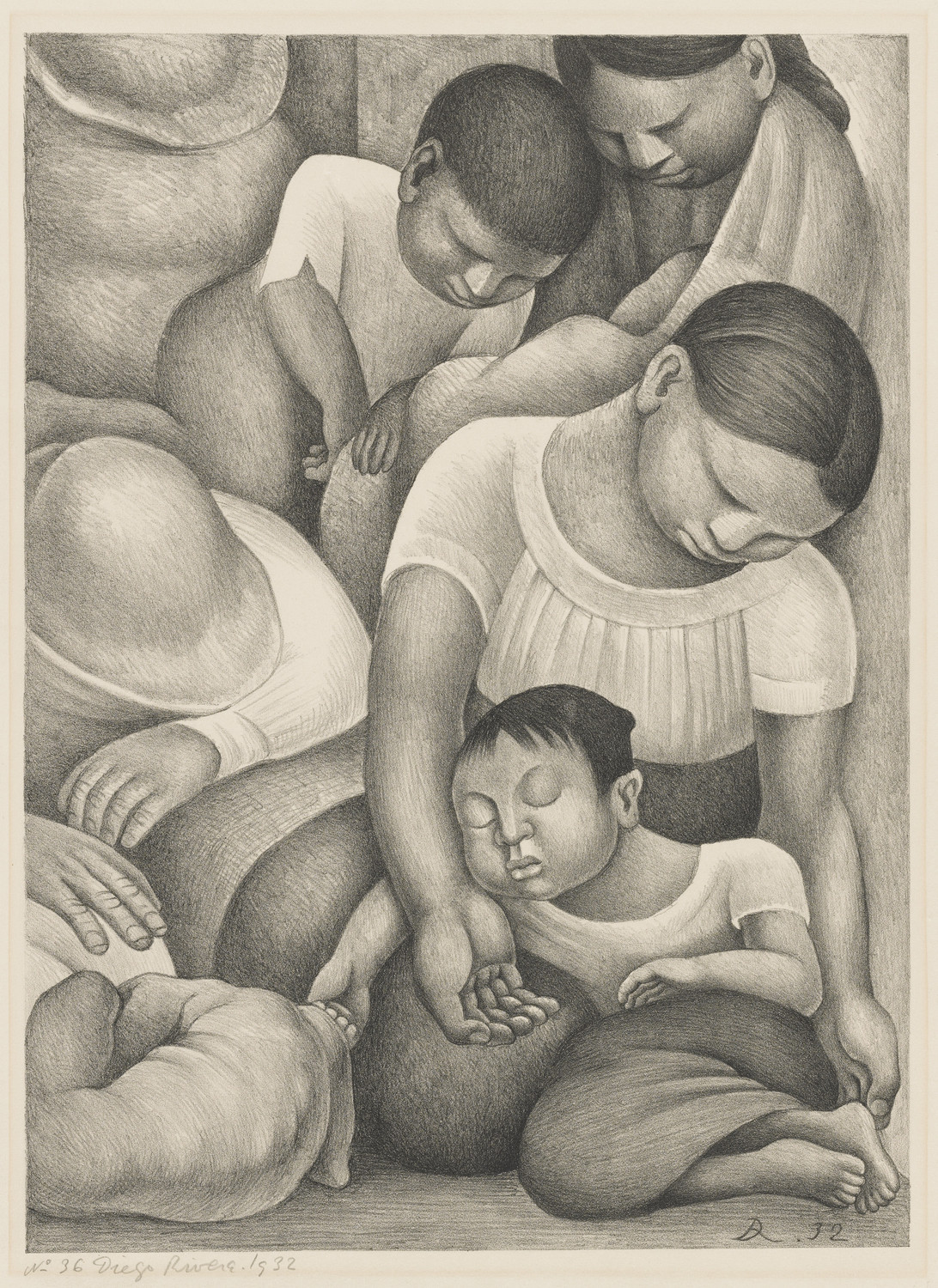
Salvador Dalí
Salvador Dalí was a Spanish surrealist artist born on May 11, 1904, in Figueres, Spain, and passed away on January 23, 1989. He is renowned for his extraordinary and eccentric works, which pushed the boundaries of imagination and challenged conventional artistic norms. Dalí's art often featured dreamlike, bizarre, and symbolic imagery, blurring the lines between reality and the subconscious. He was deeply influenced by Freudian psychology, and his works often explored themes of desire, sexuality, and the unconscious mind.
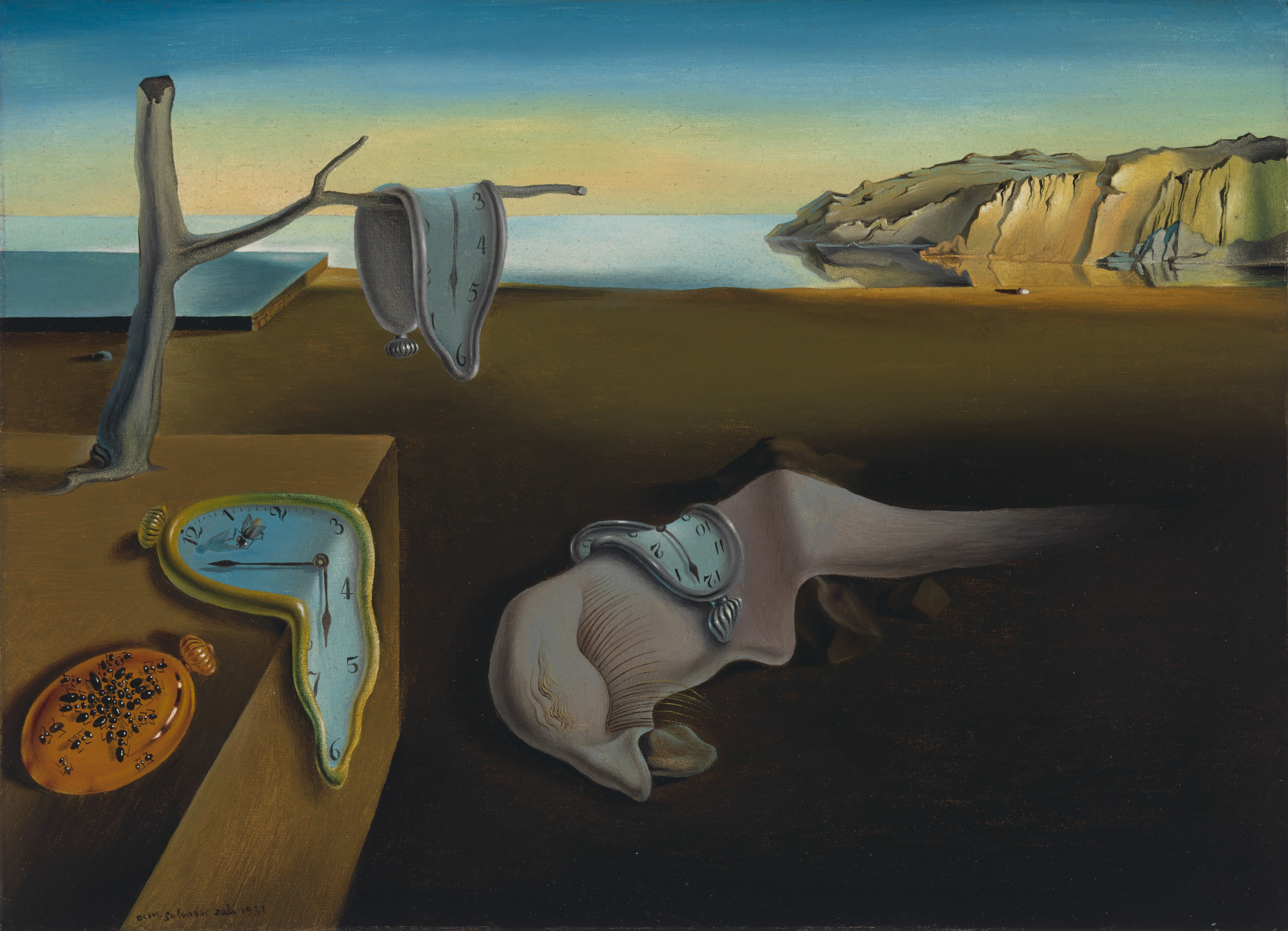
Bauhaus; 1920 to 1930
German school of art; Bau(Building)Haus(House)
Wassily Kandinsky
Paul Klee
Abstract Expressionism; 1940 to 1950
First American Movement to be known internationally
Action painters; Jackson Pollock
Color fields painters
Mark Rothko
Pop Art; 1950 to 1960
The sorrounded as an inspiration
Andy Warhol
Minimalism; 1960 to 1970
Extreme form of Abstract art; what you see, is what you see.
Robert Moris
Frank Stella
Contemporary Art; 1960 to Present
The art of today, but it feels like the general public rejected it. Mainly because is often about ideas and not aesthetics. But it reflects issues of society; identity, community, nationality.
Fernando Botero
Fernando Botero Angulo is a Colombian figurative artist and sculptor, born in Medellín. His signature style, also known as Boterismo, depicts people and figures in large, exaggerated volume, which can represent political criticism or humor, depending on the piece. He is considered the most recognized and quoted living artist from Latin America, and his art can be found in highly visible places around the world, such as Park Avenue in New York City and the Champs-Élysées in Paris.
South American Context
- Military Coups and Dictatorships: Several South American countries experienced military coups and subsequent dictatorships during the 1960s and 1970s. Countries like Brazil, Chile, Argentina, Uruguay, and others were affected by these authoritarian regimes, leading to human rights abuses, political repression, and social unrest.
This is when part of my family was forced to emigrate in Canada, and the reason I didn't have the right to learn art. - Social Movements and Protests: South America has been marked by numerous social movements and protests in recent decades. These movements have been driven by various causes, including demands for social justice, indigenous rights, environmental conservation, gender equality, and labor rights.
- Falklands War (1982): Argentina and the United Kingdom engaged in a brief but intense conflict over the sovereignty of the Falkland Islands (known as the Malvinas in Argentina). The war resulted in British victory and had a significant impact on regional geopolitics.